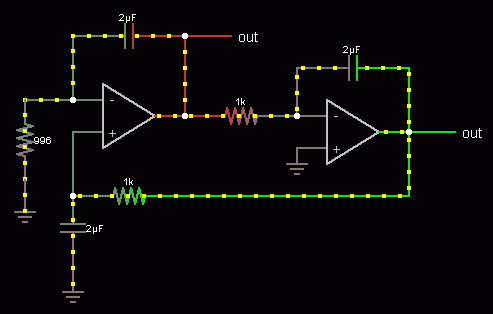kunalbansal52
Newbie level 4
hii , I have a problem in understanding how to solve RC circuits intuitively . I have the Orcad pspice code with me . It is as follows
Simple RC circuit
Vs 1 0 PWL(0 0 .001 1 15 1)
R1 1 2 1
C1 1 2 2
R2 2 0 3
.TRAN .01 15
.PROBE
.END

Please explain me given that based on the graph I uploaded , it says that Capacitor is zero initially then charges to corresponding proportion of Vs . Can you please explain me how to come to this solution intuitively
Simple RC circuit
Vs 1 0 PWL(0 0 .001 1 15 1)
R1 1 2 1
C1 1 2 2
R2 2 0 3
.TRAN .01 15
.PROBE
.END

Please explain me given that based on the graph I uploaded , it says that Capacitor is zero initially then charges to corresponding proportion of Vs . Can you please explain me how to come to this solution intuitively

